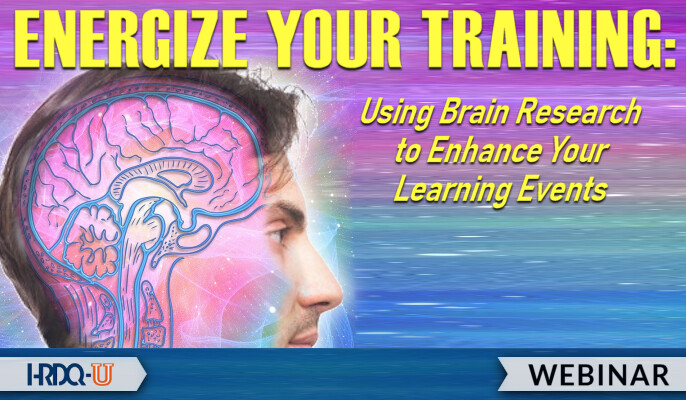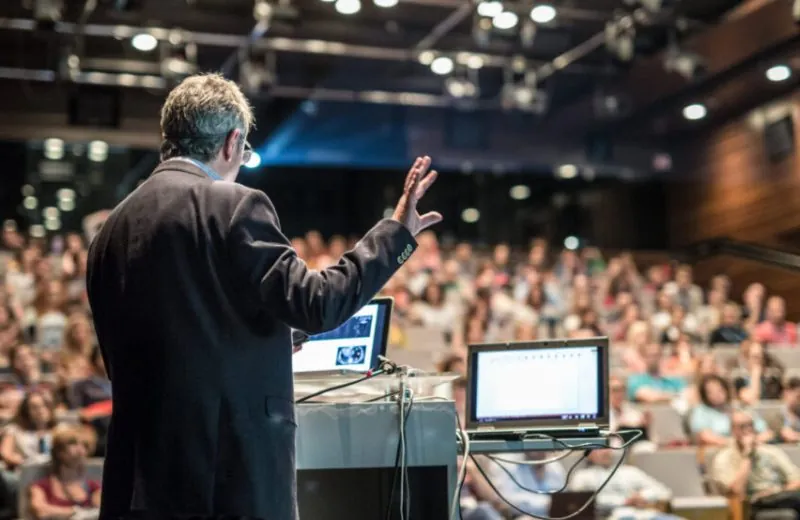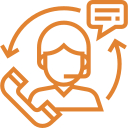Rate this post
A Sample Brain-Based Learning Event
The following is a synopsis of a training program I created and conducted using brain-based learning theory. The approach I used incorporates some of what researchers have discovered related to how the brain best obtains, processes, stores, and recalls information.
A while back I conducted a two-day train-the-trainer event. Since my key objective in doing such programs is to share techniques and strategies for effectively delivering content, I wanted to model the behavior I planned to encourage during the program. As such, I created a brain-based learning environment where participants would be exposed to a variety of stimuli that would encourage mental and physical engagement for the duration of the workshop.
















